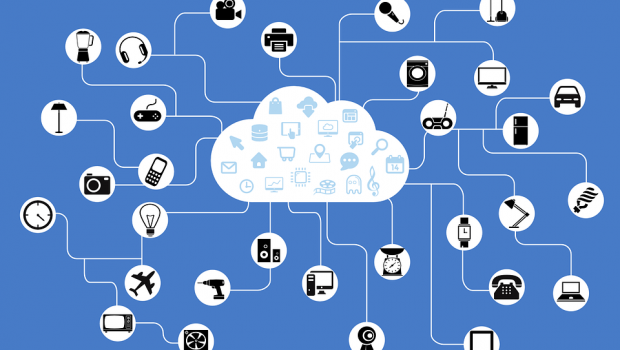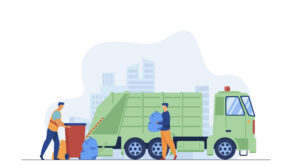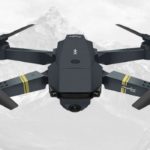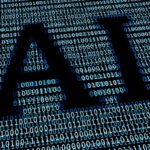How IoT Is Redefining Industrial Standards
Industrial standards are set by various factors including the quality of service, staff, manufacturing, and the material used. But, the Internet of Things (IoT) is redefining industrial standards in a whole new way.
Most of the ability of IoT lies in revolutionizing the various processes, from manufacturing to customer service. Each day, industries are introducing new concepts to optimize their processes and resources using IoT.
According to a recent report, the global investment in IoT across industries was $737 billion in 2016. This spending is likely to grow at a compound annual growth rate of 15.6%, reaching $1.29 trillion by 2020.
Here are some fascinating IoT applications that are redefining industrial standards.
1. Tracking and Managing Inventory
We live in a fast-paced world where inventory is valuable only if it is present in the right place at the right time. The inherent ability of IoT to provide excellent connectivity and real-time analytics is proving to be a game-changer for keeping track of inventory, particularly in the retail industry. Retail shop owners and warehousing companies are using a combination of technologies such as store-shelf sensors, digital price tags, and RFID chips to monitor their inventory levels. In fact, according to a 2016 Auburn University RFID lab report, 96% of retailers have plans to start tagging apparel with RFID.
International retailers such as Zara, Kohl’s, and Macy’s are using RFID technology to manage their inventory. UK-based Advanced E-Textiles, is taking RFID technology to the next level. They are making thread-sized microelectronic RFID tags. This RFID chip will not only help track the inventory, but also protect the merchandise from theft. Information including the fiber content of the garment and the place of origin can be stored in these tags. The chip can also track the lifecycle of a garment.
2. Tracking Consumer Behavior
One of the main features of IoT devices is their ability to track and record patterns of consumer behavior. Disney World is using wearable wristbands containing RFID chips to learn about customer behavior. These wristbands can be used to check into the park, pay for the rides, and buy food at Disney World. The real-time data relayed by these devices is used to determine which rides, food items, and attractions are more popular among different age groups.
The health and fitness industry also collects observational data and uses it to provide personalized services. Health apps such as Fitbit can collect personal information including the number of steps walked, heart rate, sleeping hours, steps climbed, and other metrics. Some of the more advanced applications can even monitor blood sugar levels and analyze the data using cloud applications. Users can get timely notifications to change their diet, watch-recommended workout videos, and set reminders to take their medication.
3. Remote Access and Monitoring
IoT has opened a world of possibilities across industries to access and manage various operations from remote locations. Ericsson, a global telecommunications company, has developed a remote monitoring system called ‘Maritime ICT Cloud.’ This system uses sensors in ships to monitor their location, speed, and temperature. The temperature-monitoring facility is particularly beneficial for ships transporting perishable goods.
Rolls-Royce and Microsoft are collaborating to monitor flight operations, fuel usage and maintenance planning. They are planning to combine Microsoft Azure IoT Suite and Cortana Intelligence Suite to produce real-time data and send regular feedback on the performance of the engine. This technology can also be used to maintain these smart engines remotely.
4. Automation of Process Control Systems
When it comes to condition-based automation, most industries are interested in using smart sensors, actuators, and low-level motors. For example, automating establishments helps streamline several factors such as heating, ventilation, and air conditioning (HVAC) systems, lighting, and security instruments. In fact, access controls such as opening and closing of the shutters in various establishments including high-tech laboratories, museums, art galleries, and observatories are controlled using smart linear actuators (fitted with smart electronic sensors).
The automobile industry is also one of the biggest advocates of IoT devices, especially when it comes to ensuring driver’s safety, setting new road safety standards. A variety of safety features including collisions avoidance systems, automated emergency braking, and stop-and-go assistance use smart sensors.
The Internet of Things is used to automate different functions in the solar industry as well. Redback Technologies, a Brisbane-based solar company has developed an IoT-enabled hybrid solar power inverter. This inverter can automatically switch from the grid to battery power whenever it detects a lightning storm. It can also connect with other smart electronic appliances in the household to optimize energy consumption.
5. Proactive Consumer Experience
With nearly 67% of Millennials and 56% of Gen Xers preferring to shop online, brick-and-mortar business owners need to improve their in-store shopping experience. The smart mirror is one of the tools that will revolutionize consumer experience. For example, Oak Lab’s Smart mirror can read the RFID tags on the clothes displaying the items on the mirror screen. A recommendation engine can suggest complementary clothing and accessories. You can also choose a language other than English and adjust the lighting. Clothing retailer, Ralph Lauren is currently test-driving these mirrors in their trial rooms.
Neiman Marcus, on the other hand, is experimenting with a digital mirror developed by Memomi. This mirror uses augmented reality to show the same outfit in different colors. It can also record how you look in 360-degree view, making your shopping easier, more efficient, and faster.
Amazon Go, a prototype grocery store operated by online retailer Amazon, uses various IoT technologies including machine learning, smart sensors, and artificial intelligence to let customers shop without having to stand in a checkout line.
Conclusion
Among the various factors that are helping set industry standards, the Internet of Things seems to be the frontrunner in the modern digital world. Companies across industries are introducing new IoT devices to outperform their competitors. Though some of these technologies are still in their infancy, they do provide us a glimpse of how IoT will redefine industrial standards in the future. Let us know about interesting IoT technologies you have come across in the comments section below.
















